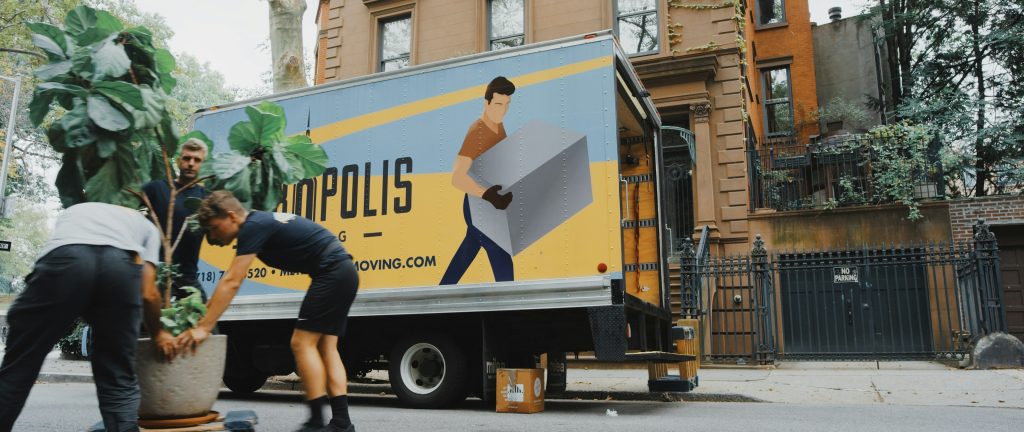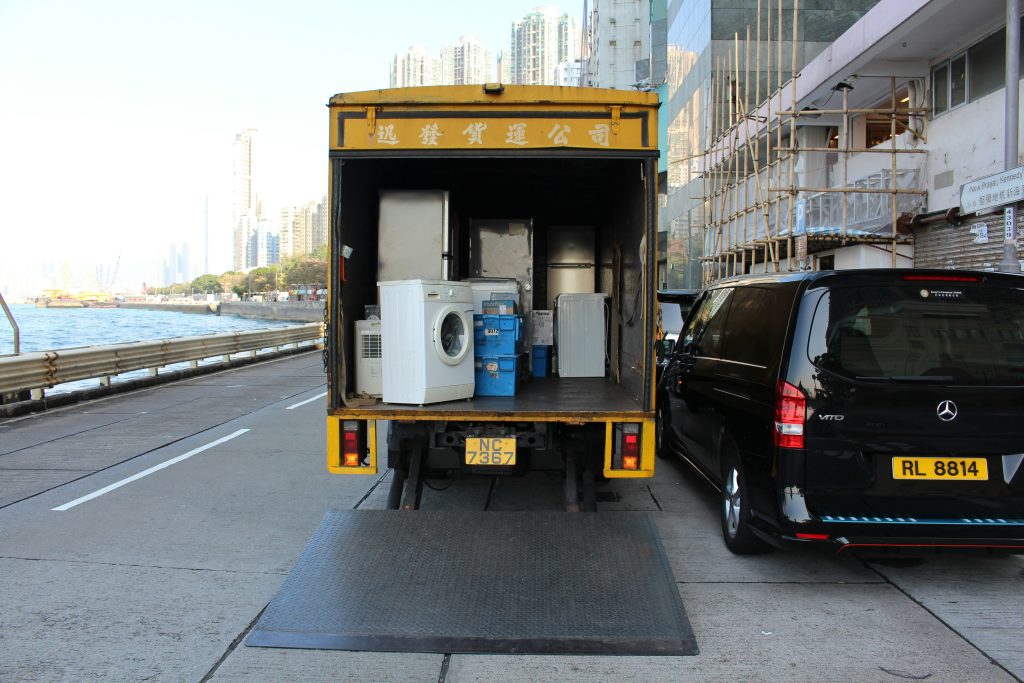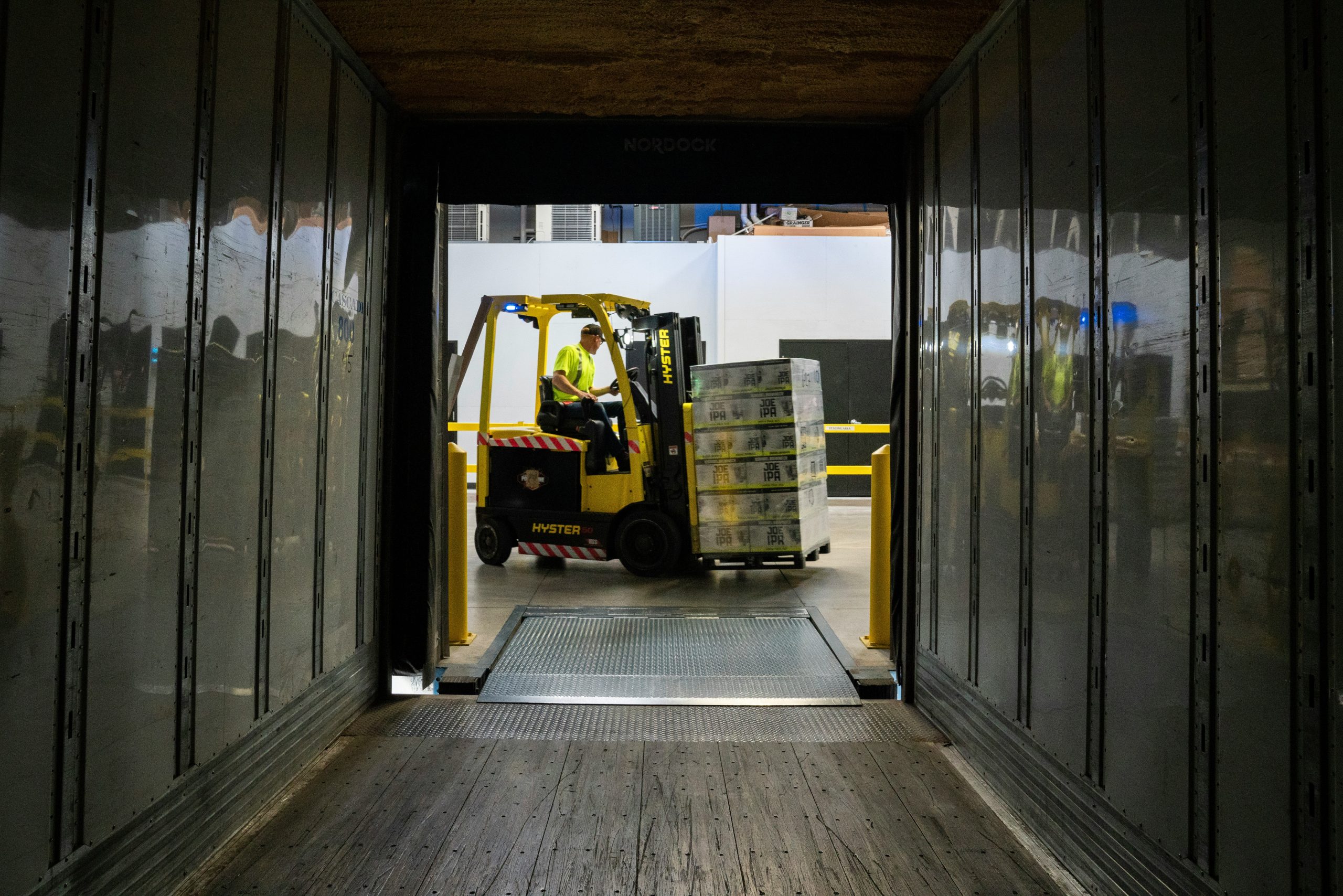
When you’re considering a move from Ohio to Florida, you’re not just changing your location; you’re embracing a new lifestyle. Whether you’re moving for a job, warmer weather, or a change of scenery, the process requires preparation, strategy, and a good understanding of what to expect. This guide will walk you through the key steps of relocating from Ohio to Florida, helping you enjoy a smooth and successful transition.
1. Why Move from Ohio to Florida?
Before diving into the logistics of moving, let’s first explore why this relocation might be an ideal decision. Florida is renowned for its sunny weather, stunning beaches, and absence of state income tax. Many people choose to move to Florida for its lifestyle benefits, including year-round outdoor activities, a vibrant culture, and a variety of job opportunities, particularly in sectors such as tourism, healthcare, and technology.
Ohio, while offering an excellent standard of living, has cold winters and a more seasonal lifestyle. Moving to Florida provides a chance for a fresh start in a warm climate with endless outdoor adventures. Understanding why you want to move can help you focus your efforts on the right areas during the planning stages.
2. Planning Your Move
Planning is crucial for a smooth move, especially when traveling a long distance from Ohio to Florida. The first step is setting a moving date. Be sure to give yourself plenty of time to prepare, ideally 2-3 months in advance. This will allow you to book a reliable moving company, arrange for utilities to be turned on in Florida, and make necessary travel plans.
3. Hiring the Right Moving Company
One of the most important decisions during your move is selecting the right moving company. While you may be tempted to go the DIY route and rent a truck, it’s often more efficient and less stressful to hire professionals, especially for long-distance moves. Look for a moving company that specializes in cross-state relocations. Be sure to check reviews, get estimates, and inquire about the services included in the move, such as packing and storage.
Hiring a professional moving company means you won’t have to deal with the heavy lifting and transport logistics. However, you’ll still need to do your part by sorting through your belongings and packing your items.
4. Sorting and Packing Your Belongings
Before packing up everything, take the time to declutter your home. A long-distance move is the perfect opportunity to rid yourself of things you no longer need. Go through each room and sort your belongings into four categories: keep, sell, donate, and throw away.
Once you’ve reduced the number of items to pack, it’s time to organize your belongings. Pack in a way that’s both efficient and protective of your valuables. Use quality packing materials such as bubble wrap, foam sheets, and sturdy boxes. Be sure to clearly label each box with its contents and the room to which it belongs. This will help you avoid confusion when you begin the unpacking process.

5. Preparing for the Long Drive
If you’re driving your car from Ohio to Florida, the trip can take between 12 to 16 hours, depending on your starting point and final destination in Florida. The journey is long, but with proper planning, it can be manageable. First, plan your route. Using a GPS app will help you find the most efficient path, but it’s also essential to look at alternative routes in case of road closures or traffic.
Next, prepare your vehicle. Before hitting the road, ensure that your car is in optimal condition. Check the tire pressure, oil levels, and brakes. If necessary, take your vehicle for a pre-trip inspection to avoid any surprises.
Pack an essentials bag for the trip, including your phone charger, a change of clothes, snacks, and drinks. Take frequent breaks to stretch and rest during the drive. This is especially important if you’re traveling with children or pets. If needed, book accommodations along the way to make the drive more comfortable.
6. Arriving in Florida
Once you’ve arrived in Florida, there are a few essential tasks to complete to settle in fully.
Register your car: Florida law requires you to register your vehicle within 30 days of establishing residency. Be sure to update your driver’s license as well.
Find a doctor and update your health insurance: If you’re moving to Florida permanently, it’s essential to find new healthcare providers and update your health insurance to reflect your new location.
Change your address: Notify the USPS, your bank, credit card companies, and any other relevant organizations about your new address. This ensures that all your important mail will be forwarded to your new home.
Utilities and services: Set up your utilities in Florida, including electricity, water, gas, and internet. If your new home in Florida has a yard, consider hiring a landscaping service to get it in shape.
7. Understanding Florida’s Cost of Living
While Florida is often more affordable than many parts of the Northeast and West Coast, the cost of living can vary widely depending on the area you move to. Cities like Miami and Orlando tend to be more expensive, especially in terms of rent and property prices. At the same time, other places, such as Jacksonville and Tampa, can offer a lower cost of living.
When budgeting for your move, factor in the difference in housing costs, property taxes, and insurance premiums, especially for home and car insurance. Florida has higher home insurance rates due to the risk of hurricanes and flooding.
8. Adjusting to Florida’s Climate
Florida’s climate can be vastly different from Ohio’s, with hot, humid summers and mild winters. As you settle in, take time to adjust to the weather. Be sure to stay hydrated, especially during the hotter months, and ensure your home is properly cooled with air conditioning.
In Florida, it’s also important to be aware of hurricane season, which runs from June to November. Keep an emergency kit with essential items, and ensure your new home has storm shutters or other protective measures in place.
9. Enjoying Life in Florida
Once you’re all settled in, it’s time to explore Florida and embrace its lifestyle. From beach outings to theme park adventures, Florida offers something for everyone. You can enjoy year-round outdoor activities, including hiking, fishing, and boating, all within a short distance.
Whether you’re in Miami, Tampa, or another part of the state, there are plenty of cultural and recreational opportunities to keep you entertained. Florida is home to an array of restaurants, museums, theaters, and beautiful outdoor spaces.
FAQs
Q1: Do I need to change my driver’s license when moving to Florida?
Yes, you must update your driver’s license within 30 days of establishing residency.
Q2: What is the best time of year to move to Florida?
Spring and fall are ideal, with milder weather compared to the hot summer months.
Q3: How long does it take to move from Ohio to Florida?
The drive typically takes 12 to 16 hours, depending on your starting point and final destination.
Q4: Is the cost of living in Florida high?
It varies. Coastal cities like Miami are more expensive, but other areas can be more affordable.
Q5: How do I prepare for Florida’s hurricane season?
Make sure to have an emergency kit and check that your home has proper storm protection.
Buzzmoving connects you with trusted movers nationwide, ensuring top-quality service for your move. Get your free quote today and enjoy expert moving assistance every step of the way.
